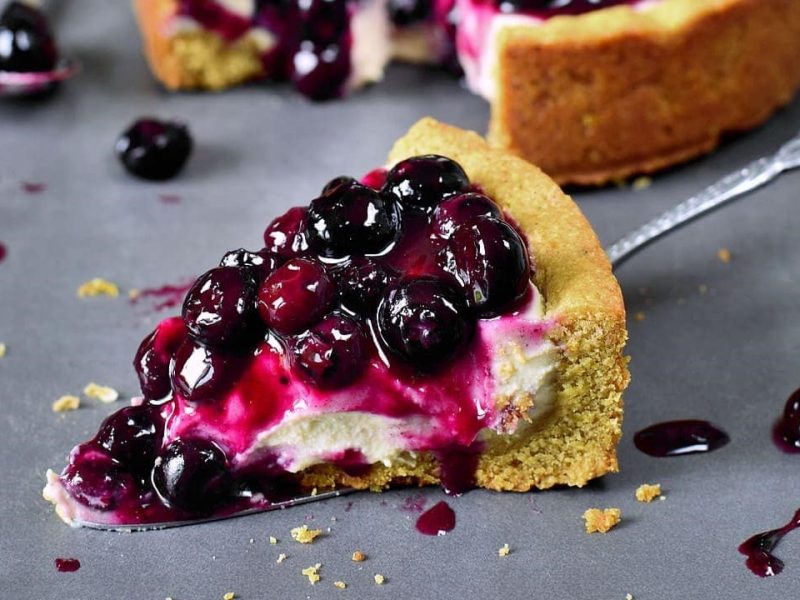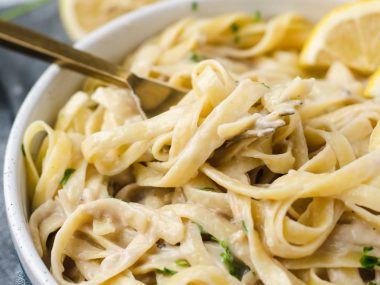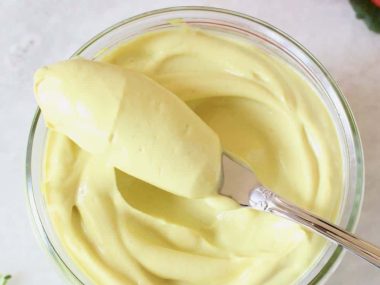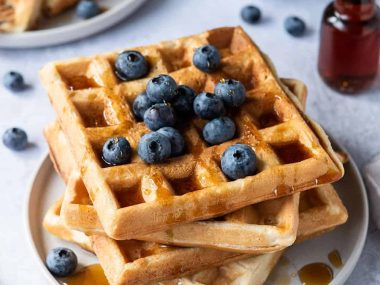Vegan baking is not only about realising that you can no longer use eggs and milk, but also about finding out that there is more to it than swapping out those two ingredients. You have to understand how ingredients work together and how small changes can make or mar your dish. You don’t have to think too much, though, as I’ll be sharing with you some important vegan baking tips that make a difference when cooking.
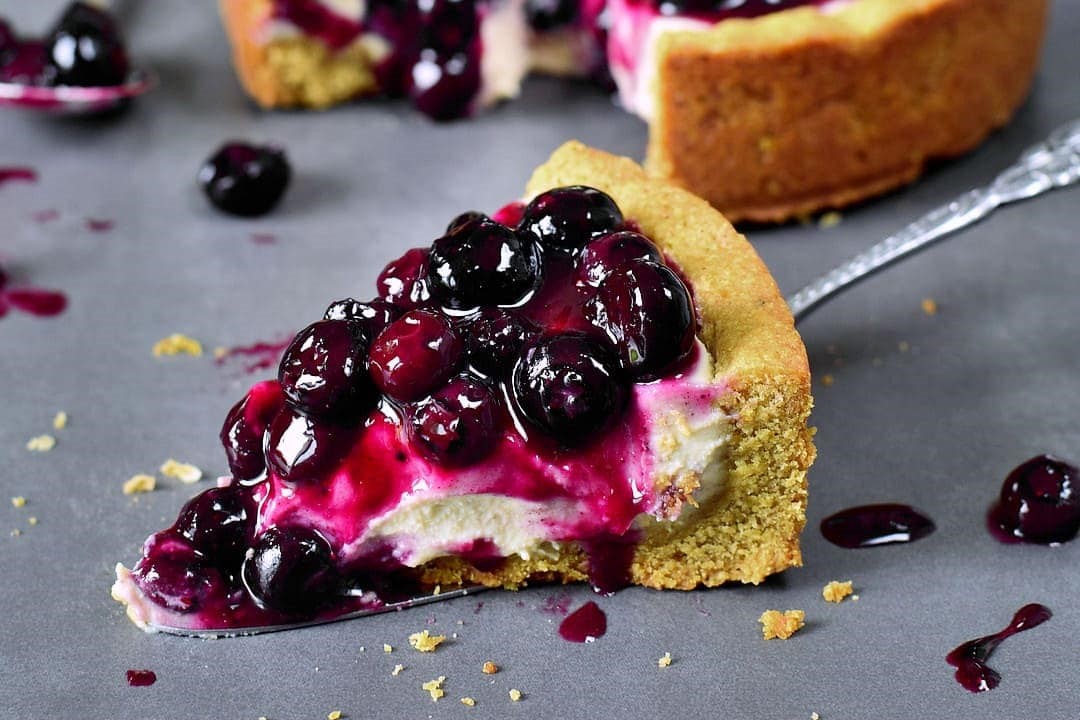
Here are some baking tips I follow and recommend to other vegans especially those just starting out and may be lost on how to achieve same result or even better result compared to non-vegan baking. These are my go-to vegan baking guidelines, that are not necessarily meant to replace yours but to add to it and help improve yours. These have helped me bake the best possible vegan meal.
1. Start With Vegan Recipes
If you are new to plant-based baking, my best advice is to try out vegan recipes only as opposed to trying to veganize your favourite non-vegan recipe. As the name implies, vegan recipes are created with plant-based ingredients in mind, and this means it is battle-tested. Now, after you start with vegan recipes, you can get creative when you get hold of the structure and ideal substitutes.
2. Know Your Ingredients
Another tip is to know your ingredients, and not just that, you need to know why they are used and what they do in your dish. With this in mind, you’d be able to properly source the most ideal vegan substitute for that recipe.
For example, eggs, apart from binding, they also add moisture and leaven and using this info you’d be able to get the best substitute to use.
In place of eggs, flax or chia eggs helps with the binding, mashed bananas help with moisture, and baking soda and vinegar helps to make cakes or muffins fluffy.
3. Use Plain Plant Milks
When choosing your dairy milk replacement for baking, avoid going for sweetened or flavored plant milks. As the added sweetness or flavor can skew the balance of your recipe giving you something you didn’t want.
If you go with almond milk, oat milk, soy milk, just go for their unsweetened, unflavored versions when you’re baking.
4. Use Ingredients at Room Temperature
When baking, make sure all the ingredients you use; vegan milk, butter, or yogurt are all at room temperature. So, if you took them out of the refrigerator, give them a few minutes to warm up before mixing in with the other ingredients.
Cold ingredients are not great at blending well with other ingredients and this can mess with the texture of your batter, especially in recipes where you need the batter to be smooth.
5. Drain Moisture From Veggies, If Not Needed
When making recipes that require veggies like shredded zucchini, make sure to be certain if the extra moisture in the veggies is needed.
In some recipes, like the zucchini brownies, you don’t have to drain the moisture from the shredded zucchini. However, in others, the extra moisture might not be needed, and it can then mess up the texture and consistency of the dish if added in.
6. Double-Check Your Sugar and Chocolate
It might surprise you, but not all sugar and chocolate is vegan. Sometimes, sugar is processed with bone char, and many chocolates contain sneaky milk solids.
Look for products labelled vegan or certified cruelty-free to stay on the safe side, just a little bit of label reading to make sure it’s vegan friendly.
7. Line and Grease Properly
Vegan batter can sometimes have a different consistency than normal, so make sure to line your baking pan or sheet with parchment paper or grease it with oil or vegan butter.
8. Allow to Sit
After baking, allow your vegan foods to sit for a while so they can firm up as they cool down, especially those made with ingredients that add moisture, like banana.
Once you get a hold of it, vegan baking starts to look like normal baking to you, and you don’t have to sacrifice texture or flavor. I hope these important vegan baking tips can help you in your plant-based baking journey.
